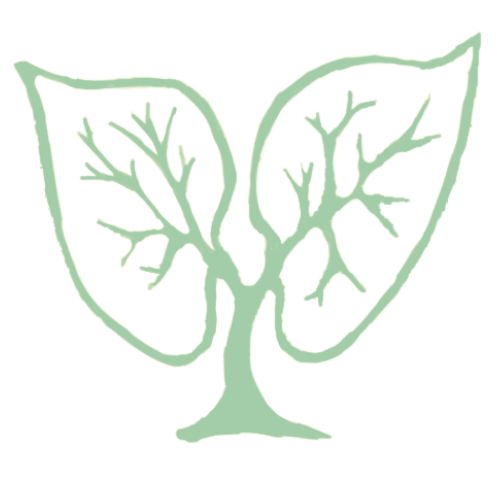Scleroderma Month is Here!
It’s Scleroderma day on June 29th and we would like to highlight Scleroderma Interstitial Lung Disease (SSc-ILD) to raise awareness and honour those living with scleroderma in our community.
Interstitial lung disease (ILD) is an umbrella term for hundreds of different conditions that can cause Pulmonary Fibrosis (scarring in the alveoli and/or interstitial space of the lungs). Scleroderma is an autoimmune condition, which means that the body's own immune system is causing inflammation in the body's organs. Whenever there is inflammation, there is the chance that scarring can occur, and with Scleroderma this can happen on the skin, internal organs like the lungs and in the blood vessels. As a result, those with scleroderma may experience ILD, pulmonary hypertension (this is when the blood pressure in the arteries of the lungs is too high), or both. This can cause breathing symptoms such as cough and shortness of breath.
It is important that if you have been diagnosed with Scleroderma, that you are regularly screened by your physicians for SSc-ILD. This is because there are treatments available that may help to control the inflammation and the progression of scarring. Other treatments include preventing infection through good handwashing and immunizations, supplemental oxygen to treat low blood oxygen levels, smoking cessation and of course exercise/pulmonary rehabilitation! Lung transplantation may be an option as well.
While the research on quality of life and patient related outcome measures with exercise in SSc-ILD is not robust. We do know that living with this condition can cause anxiety and depression, and it is with these conditions that research tells us that regular exercise can help!
Resources:
Pulmonary Fibrosis Foundation - Scleroderma Associated ILD

